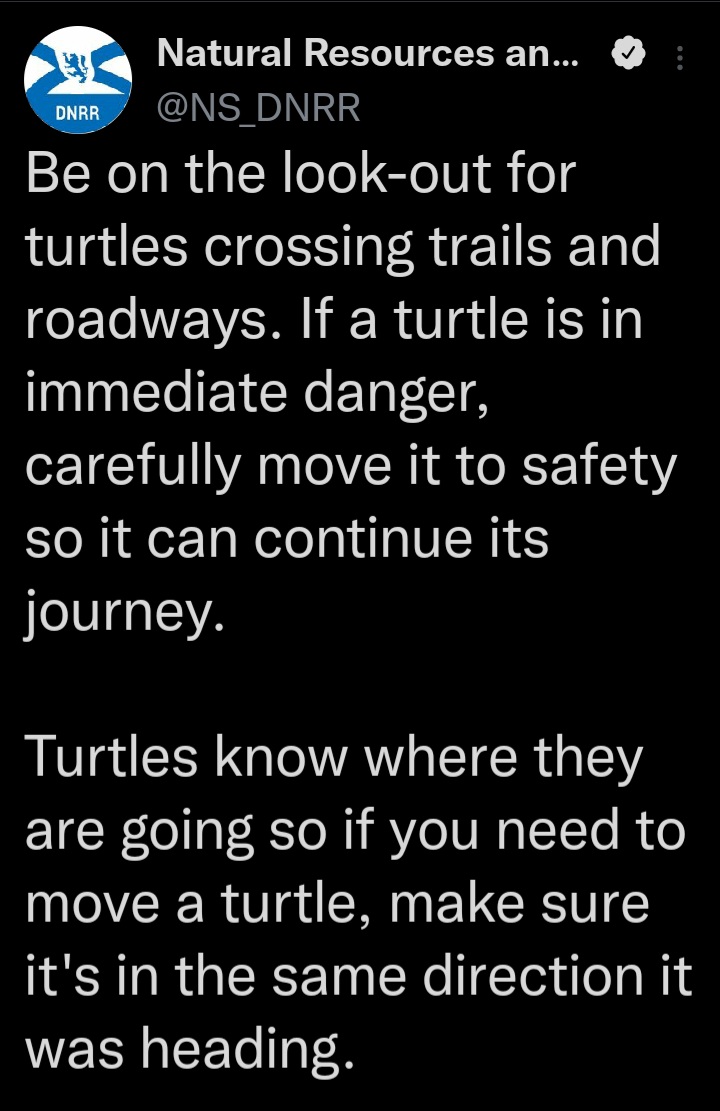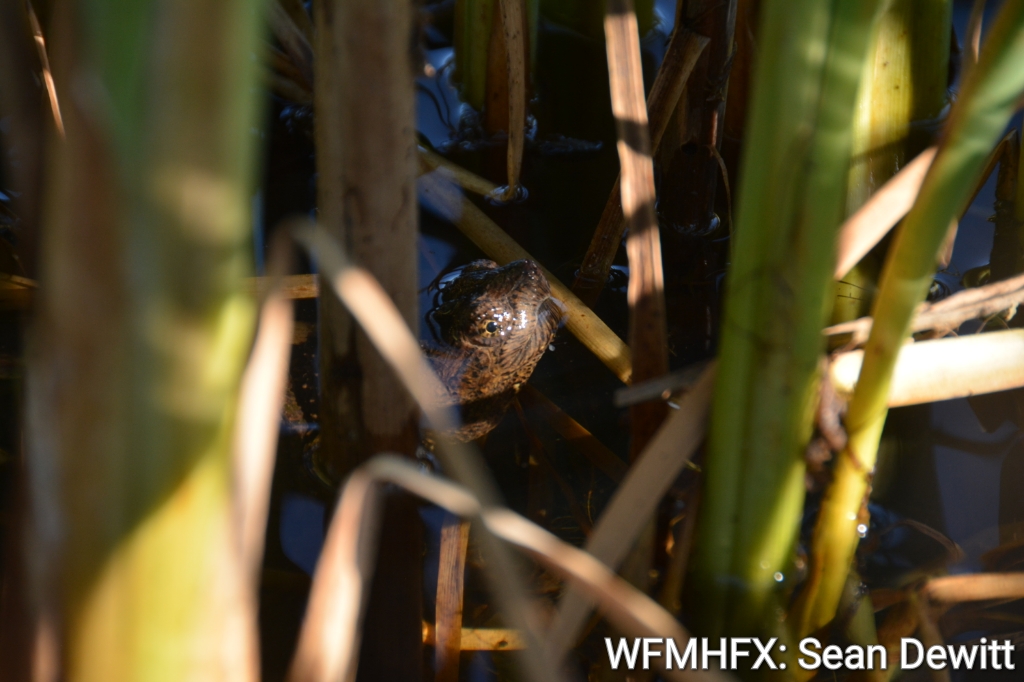**** Info via Hope for Wildlife
Although turtles spend most of their time in the water, both males and females may travel on land during the spring, summer, and fall. All turtle species need to lay their eggs on dry land, and often need to cross roads to find what they think are suitable nesting sites in their shrinking world.

June is the height of nesting season, so be especially sure to keep an eye out for turtles crossing roads during this time.

Turtles move slowly. It is not hard to avoid them if you are driving carefully and looking far ahead.

If you need to help a turtle crossing the street, only assist if it is safe for you to do so. Gently move the turtle only in the direction they are headed and do not move the turtle any farther than is necessary to keep it safe.

But be careful helping a snapping turtle across the road – keep a safe distance from their head as they will snap at you if they feel threatened.

The best way to move a healthy snapping turtle is the wheelbarrow method – grab the back of the shell near the back legs, lift the rear end of the turtle, and walk it forward. The turtle will either walk forward on its front legs or it can be slid forward. The paved road will not harm the tough skin of the turtle. Do not handle a snapping turtle unless you feel comfortable doing so.





